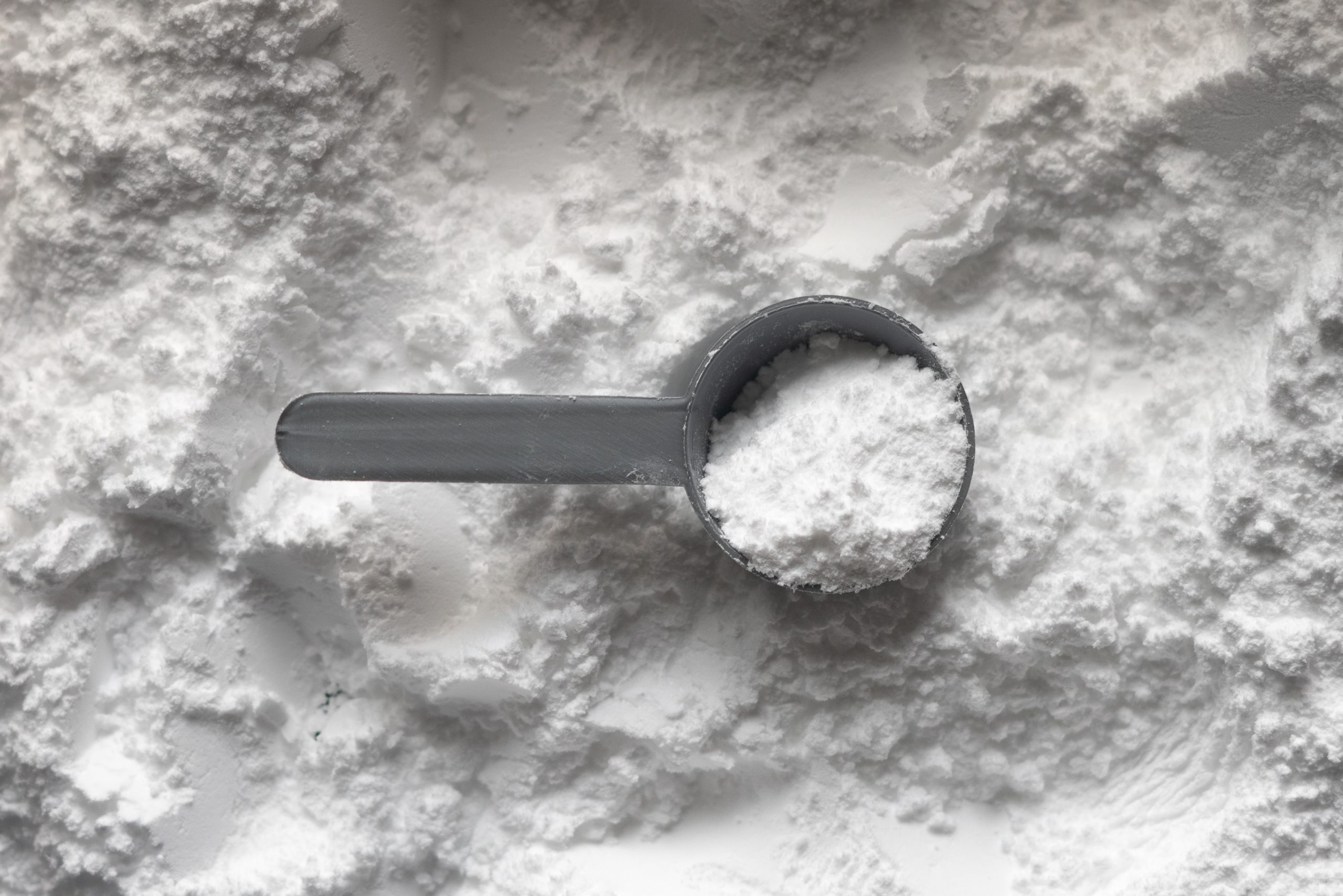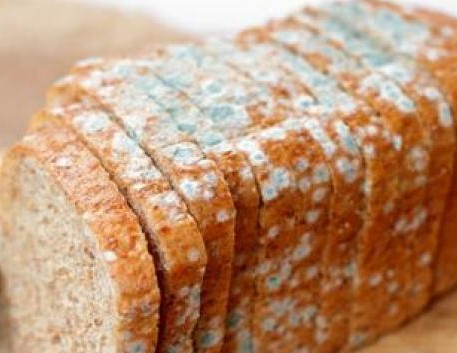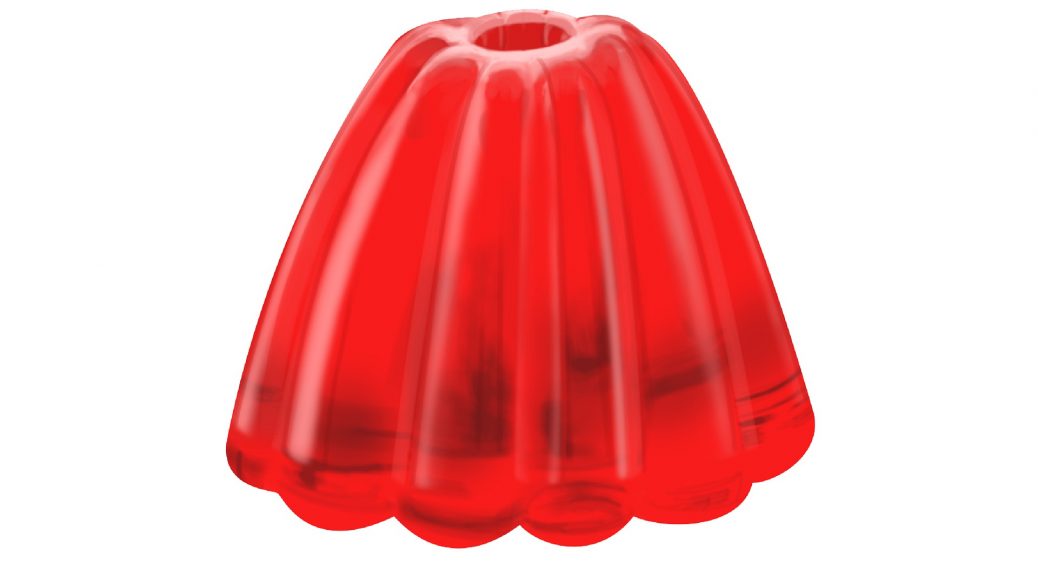Ammonium bicarbonate
Ammonium bicarbonate (E-503ii) is a leavening agent predominantly used in biscuit manufacturing. Unlike sodium bicarbonate, ammonium bicarbonate does not require the presence of acidic substances in the medium, as it reacts on its own. The reaction of ammonium bicarbonate, which generates carbon dioxide, is as follows: NH4HCO3→NH3+CO2+H2O This reaction occurs from 34-35ºC onwards. As indicated by the reaction, the decomposition of ammonium bicarbonate generates ammonia, a substance with a strong, pungent, and unpleasant odour. This aroma can be noticeable in…







